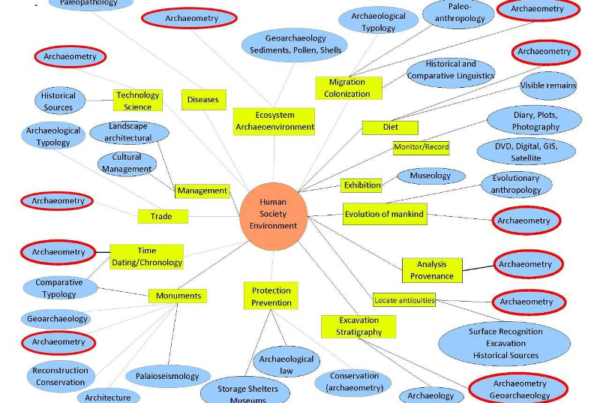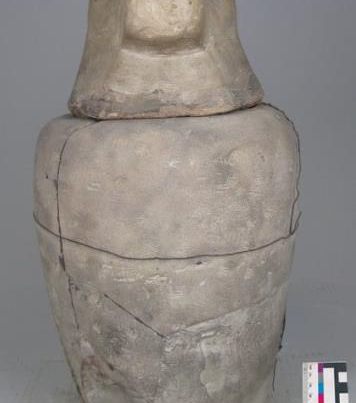By Masoud B. Kasiri
ABSTRACT
The aim of this research was the relatively dating of the human skeleton samples of the Iron Age site of Blue Mosque in Tabriz, Iran, on the basis of fluoride relative dating method. Totally, four bone samples of the skeletones were selected to be relatively dated. In this way, the ribes bones of the samples were prepeared by according to the standard methodes and their fluoride content was measured by UV-Vis spectrophotometry method. On the basis of their net fluoride content, sample no. 81.9 is the first buried one, while sample no. 80.6 has lowest amount of fluoride and consequently, is the last buried one. Also, comparing the relative fluoride content of the two samples, no. 81.7 and no. 81.8, it can be concluded that sample no. 81.8 has spent more time under the soil. The relationship between soil and the bone fluoride content has also been investigated, where a good linear correlation was found (R2=0.9161). Moreover, it was shown that at lower pHs of the soil, the fluoride content of the bone is higher.
![]()



